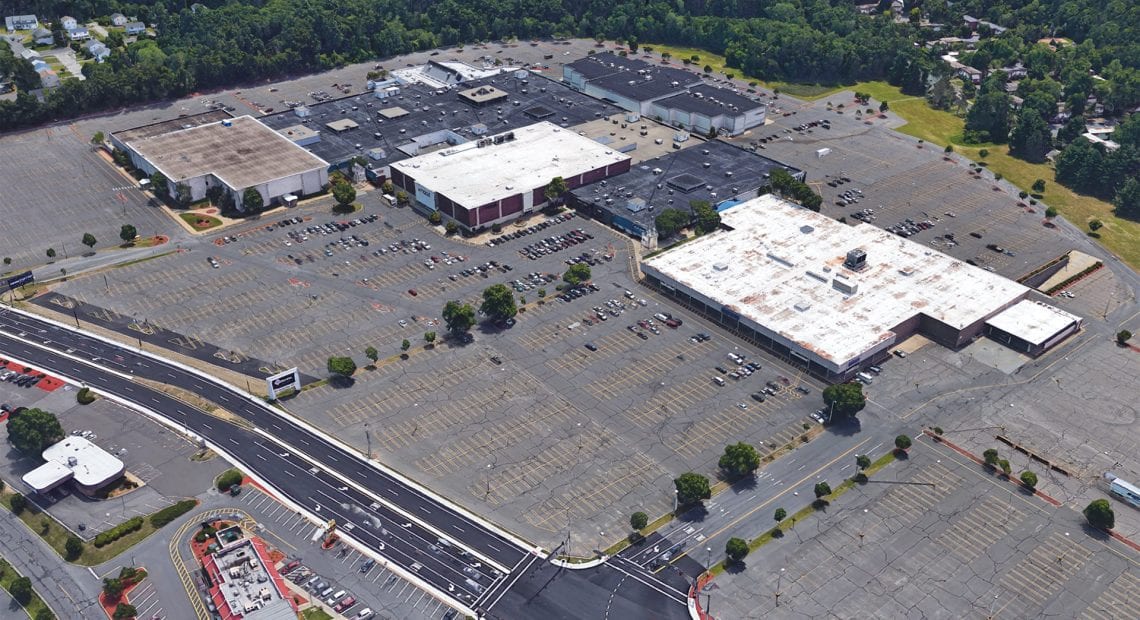
Stormwater Solutions for Parking Lots
Opinion
By Joseph Kietner and Randal Brown
Through stormwater-management improvements to large parking areas, business owners can improve drainage, enhance the appeal and look of properties, and help to reduce contaminated storm flows to local rivers, streams, and lakes in the Pioneer Valley.
We, along with our colleagues in the Connecticut River Stormwater Committee, a regional coalition of 19 municipalities and UMass Amherst that is staffed by the Pioneer Valley Planning Commission, recommend that business and commercial property owners with large parking areas consider making improvements and retrofits to improve how storm flows are collected and treated.
There are two primary options for consideration when thinking about parking-lot stormwater improvements:
1. Retrofit or replace existing catch basins with deep sump hooded catch basins. In most parking lots, a curb and gutter system directs rainfall into catch basins, which are essentially boxes below ground that connect to the storm sewer system. Deep sump hooded catch basins are designed to capture sand and other sediment, litter, and floatables, including oil and grease. The four- to six-foot-deep sump provides an area for sediments to settle.
By capturing sediment and other pollutants, deep sump hooded catch basins can improve stormwater quality compared to older catch basins that do not have sumps or hoods. A study conducted in New York City demonstrated that deep sump hooded catch basins increased the capture of floatables (trash and oil and grease) by 70% to 80% over regular catch basins without hoods, and greatly extended the cleaning interval without a decrease in performance.
2. Retrofit the parking lot with vegetated areas where soil and plants can soak up rainfall. Vegetated areas in parking lots can be designed to receive and soak up flows. Any overflow from these areas can then be directed to existing parking-lot catch basins. Not only do such retrofits improve water quality, but trees and other plants along with soils can help reduce the superheating effects of large paved areas during summer months. Such facilities also make properties more visually attractive.
If your property is located in a municipality with a stormwater enterprise fund or stormwater utility fee, improvements may also be eligible for stormwater fee credits. Check with your local public works department.
To make stormwater improvements easier, the Connecticut River Stormwater Committee, along with the Pioneer Valley Planning Commission and Waterstone Engineering, have developed a library of green infrastructure stormwater-control design templates that can be sized to specific drainage areas. This library of design templates serves as an important tool. In addition to maintenance guidance, it includes key information on sizing, estimated cost, and pollutant loading reduction for each type of facility. See www.thinkblueconnecticutriver.org for more information.
Joseph Kietner is chair of the Connecticut River Stormwater Committee and Stormwater coordinator for the city of Westfield, and Randal Brown is vice chair of the Connecticut River Stormwater Committee and Public Works director for the town of Southwick.





